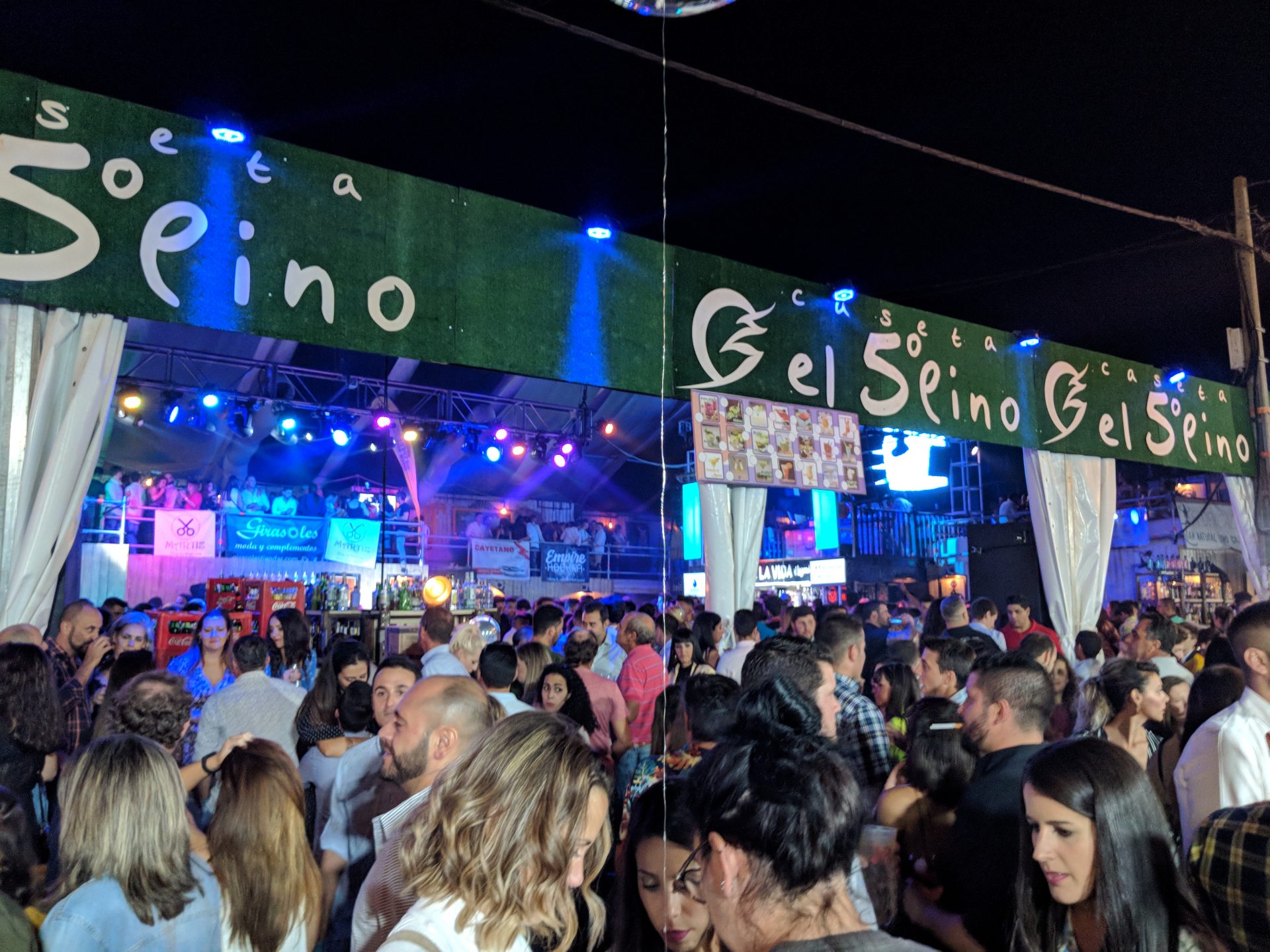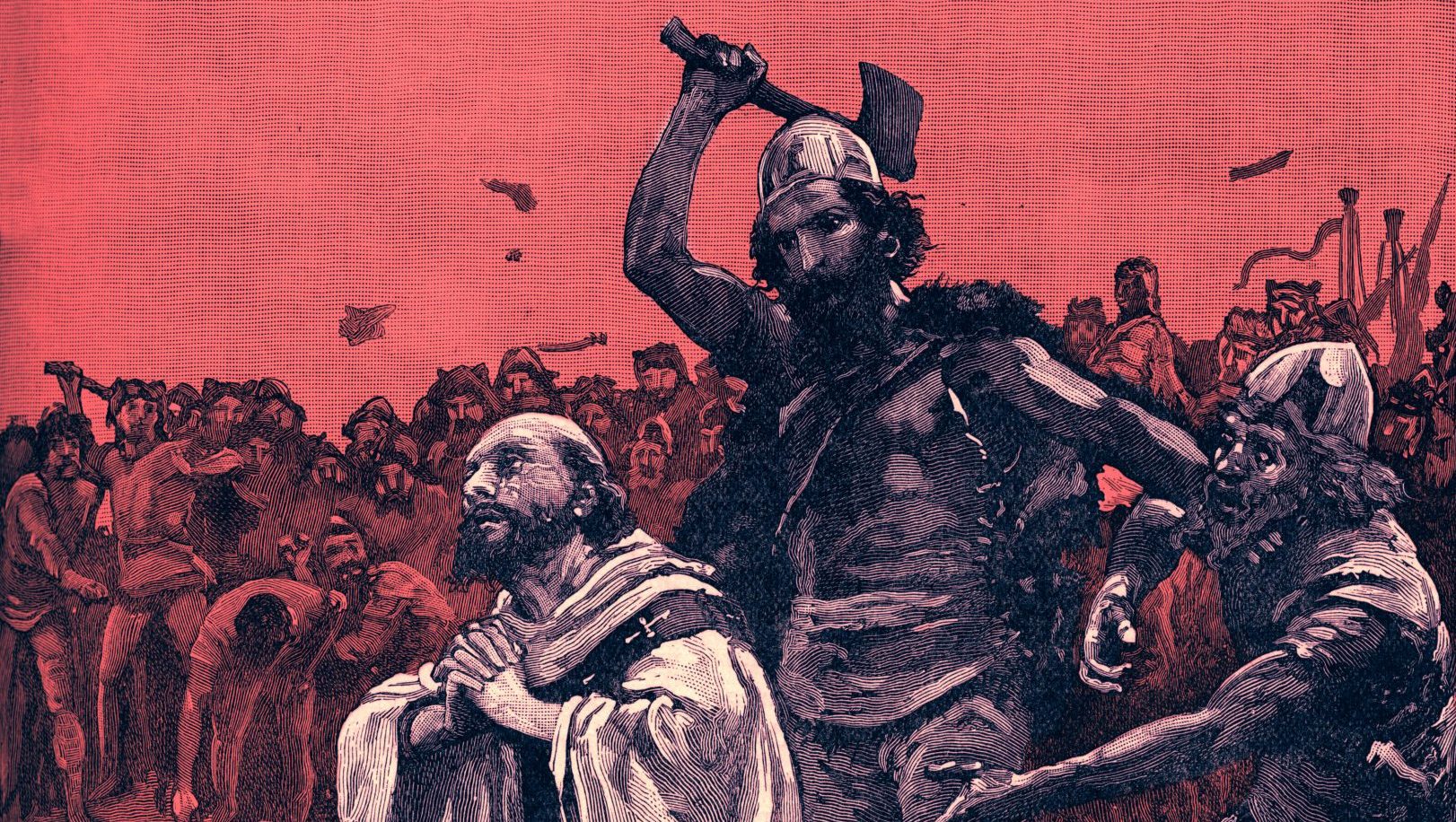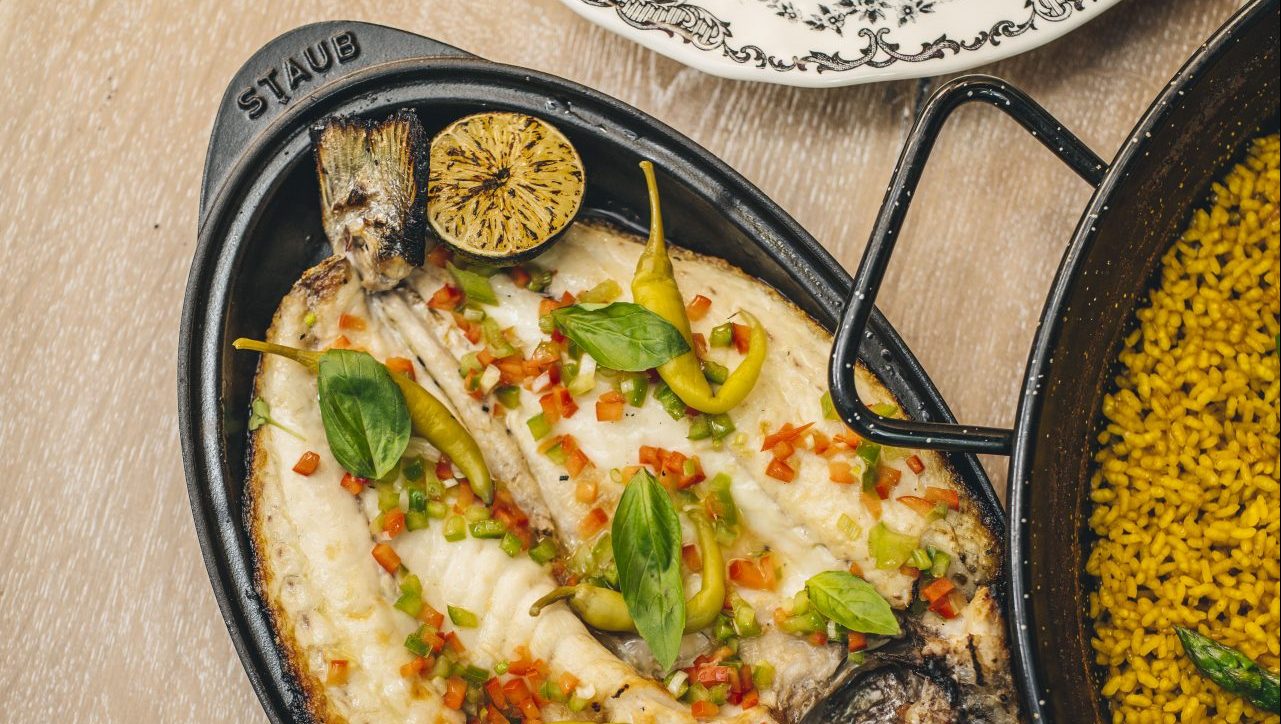“Are you going to the fair?”
It was the question everyone asked as September turned to October.
“Hay de todo!” said our friend Pláci, listing the things he planned to stock up on. A five-pack of hunting socks for three euros was the top priority.
Zafra’s feria is Spain’s largest livestock fair, and during the Fiesta de San Miguel, or Michaelmas, it overruns this handsome historic town. It has been held here since 1453, giving it the compelling tagline: “now in its 568th year”.
The fair is so popular in our village, an hour to the south, that the local supermarket lays on a minibus. For the return trip there are three options: 1am, 5am or 7.30am. We had to go, but not knowing exactly how sustained our appetite for livestock was going to be, we took the car.
Inching into Zafra at midday, it looked like a mistake. Traffic police were giving priority to the broad rivers of people flowing from the railway station to the fairground, the Recinto Ferial.
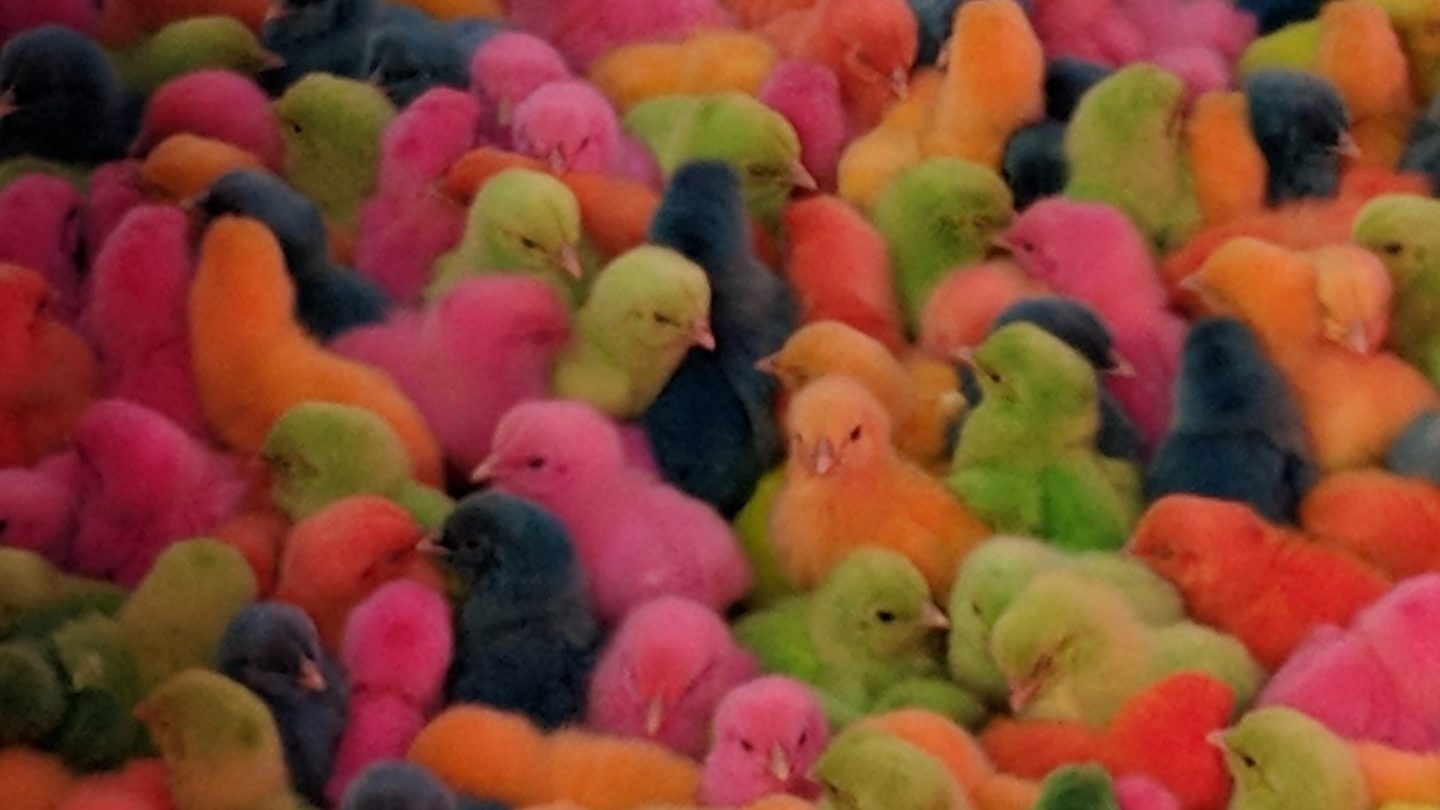
In 1845, Richard Ford, the first great English writer on Spain, identified the country fair’s appeal, noting that while families then were largely self-sufficient, relying for food and clothes on “the productions of their own fields and flocks”, a feria was “where they obtain the annual supply of whatever luxury they can indulge in”.
The original purpose of the fair was for farmers to get together to improve Extremadura’s breeding stock. The region’s famous breeds still feature, in auctions and competitions. Rows of straw-bedded enclosures house rosetted Retinto cattle, Merino sheep, Ibérico pigs and finely groomed horses with branded rumps. Just as fascinating were the horsey people striding about in readiness for dressage events in the arena: straight-backed riders with white jodhpurs and slick black hair, handlers sporting flat caps and elaborate sideburns.
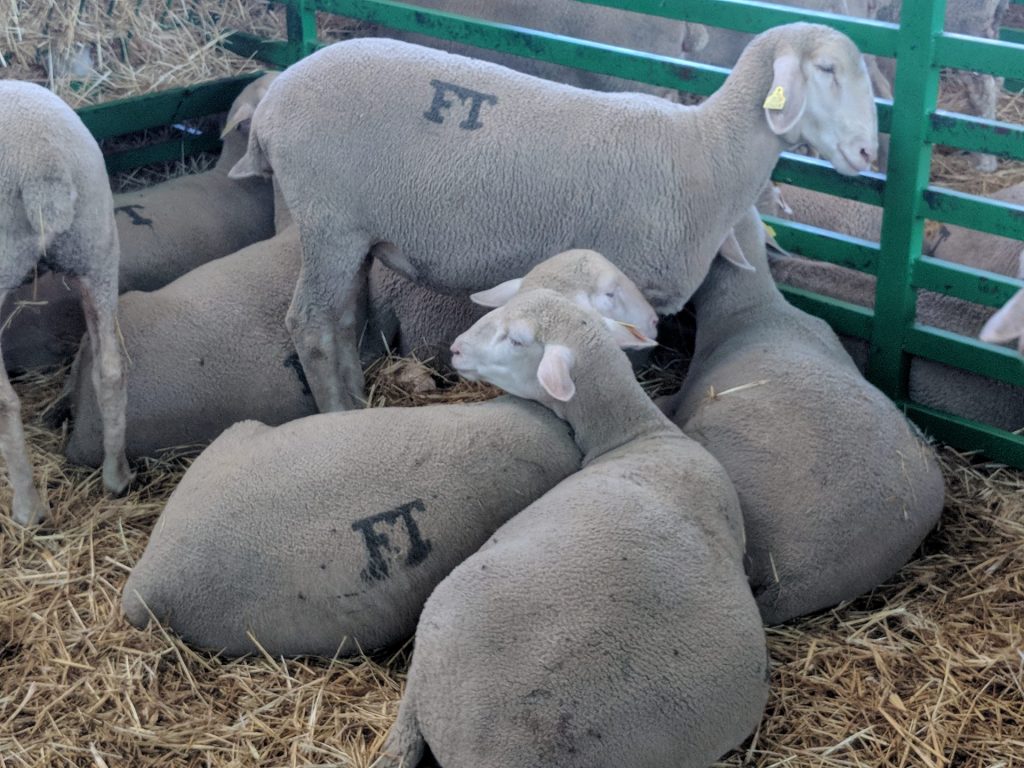
The pig farmers were here too, but they weren’t happy. The culprit was Spanish PM Pedro Sánchez, who had visited the fair a day earlier. In his remarks, he somehow referred to Extremadura’s celebrated jamón ibérico – lovingly produced from the pata negra pigs that forage for acorns in its oak forests – as jamón serrano, a pale, factory-produced substitute. It was like bigging up Luke Skywalker at a Star Trek convention. In solidarity, we lunched on jamón ibérico, carved straight from the leg on to crusty bread.
It was time for shopping, and hard to know where to start. The fairground covers 25 hectares, with whole neighbourhoods dedicated to the sale of every conceivable item associated with Spanish country life: horse tackle, hunting gear (including great value socks), hats and caps, leather boots and shoes, tools and agricultural implements, tractors, feed dispensers, paella dishes in sizes from dinner-for-two to street party, and unbelievably, a not dissimilar range of swimming pools.
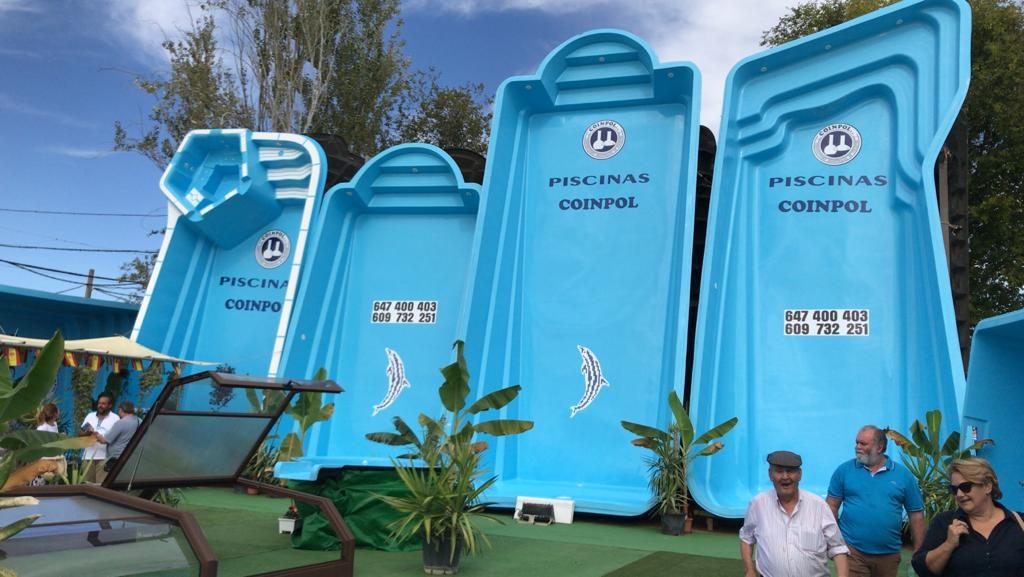
Vast food halls offered aisles of prize-winning hams, cheeses, honey, olive oil and wine. And from nearby Portugal, sticky pastries made from almonds, eggs and sugar; and blocks of stiff, white bacalao, or salt cod.
We noticed that many fairgoers were carrying little cardboard boxes with holes in the sides. They contained tiny live chickens, favoured by children, or slightly larger partridges, favoured by older men. Alarmingly, some stalls were doing a brisk trade in ping-pong ballsized chicks dyed day-glo colours.
After thousands of steps and much deliberation, we had obtained a pair of shoes, a pair of boots, a folding pocket knife, two pairs of leather work gloves and a gooey best-in-show goat’s cheese. Total outlay: maybe 120 euros.
As evening fell and the illuminations came on, the crowds ambled along streets of brick-built bars, or casetas. Most were operated by local associations. We opted for dinner courtesy of the Zafra cycletourism club, where the sharing plates were far better than you’d expect at a fair: fried cuttlefish, garlic prawns, salty ibérico pork, tomato salad sprinkled with oregano.
A new constituency was arriving in numbers: teenagers. Each had a carrier bag containing their kit for the long night ahead: a bottle of spirits, a couple of litres of mixer, a bag of ice and a tall, plastic beaker. The Spanish call this phenomenon botellones, or big bottles, and many adults disapprove. Their destination was a broad avenue where prefab discotheques, fully equipped with gantries and light shows, had been erected. Flamenco, reggaeton and Spanish punk wailed and thumped from their open fronts.
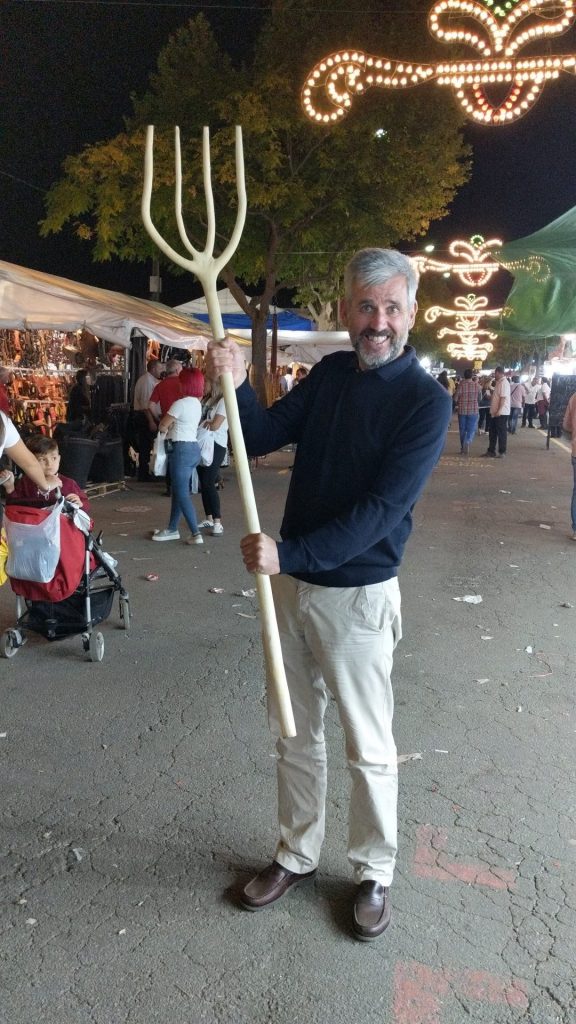
Reluctantly, we decided against an all-nighter. As we made our way back to the car park, I spotted an unexplored commercial zone. I was sure there was one last purchase to be made, and eventually found it: a four-pronged rake, or horca, made from a single piece of trained, natural wood. Carrying it home confirmed its desirable status. Several revellers stopped to ask, “where did you get that horca?”
Next year, we’re taking the minibus.
Peter Barron is an author for Frommer’s Spain. Follow his blog at adventuresinextremadura.com


